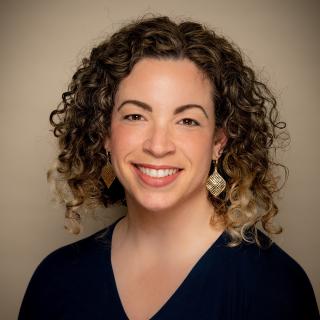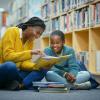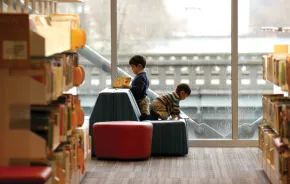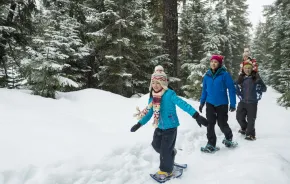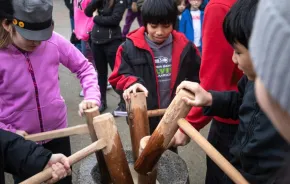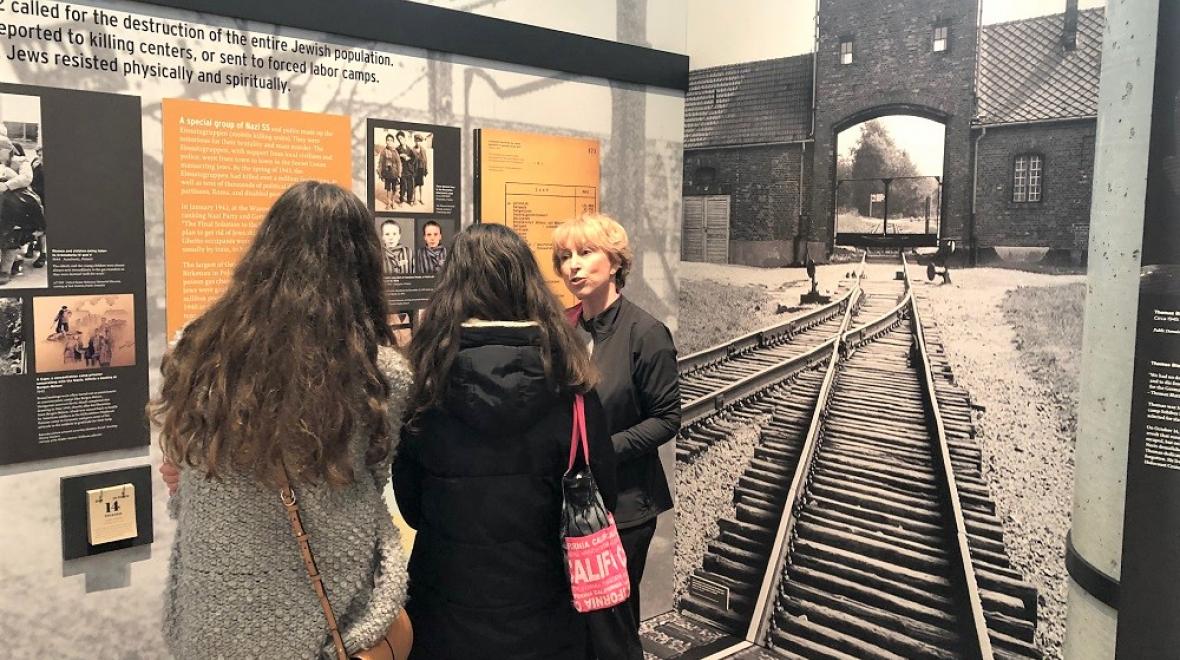
Photo:
Holocaust Center for Humanity Executive Director Dee Simon speaks to the author's daughters in front of a life-size image of the entrance gate to the Auschwitz-Birkenau concentration camp. Credit: Natalie Singer-Velush
Editor's note Jan. 27, 2021: Today is International Holocaust Remembrance Day and the 76th anniversary of the liberation of the Auschwitz-Birkenau death camp. We are fortunate in Washington State to have a remarkable resource in the Holocaust Center for Humanity, an organization dedicated to fighting hate and educating students statewide on the dangers of intolerance. Join a virtual performance this evening commemorating International Holocaust Remembrance Day. And while the Center remains closed, it's offering live, virtual "field trips" to classrooms of students in 6th grade and older. Field trips can be tailored to an individual classroom and they're free.
Original article (March 19, 2021):
It can be hard for an adult to access history, even as we generally understand the importance of the past in contextualizing the present and shaping the future. It can be doubly hard for a child to relate to the past, and to the facts and events that seem as removed from their modern-day reality — school, friends and Minecraft — as life on another planet.
I talk to my children about history all the time because I believe it’s the only way to map our collective successes and failures as humans — and to improve. Sometimes my tween and young teen listen; other times I can tell they are thinking, "How does this even relate to me at all? What is she even talking about? I’m busy trying to decide what to do about this Minecraft mob. Blah blah blah."
The power of storytelling
We know that a key way to communicate difficult subjects and to connect emotionally to them is through story, and luckily for parents and educators in the Puget Sound region, Seattle’s Holocaust Center for Humanity has a unique understanding of how to teach history, and consequently, empathy, through storytelling.
My family and I went for a visit to the Center's interactive new exhibit, “Finding Light in the Darkness.”

Touring the exhibit, we encountered a variety of easily detachable cards — hanging on the walls at kid level. Visitors can grab and read these at any time.
On side one of a card we read:
1939, May 27–28, Saturday–Sunday
Straits of Florida
77 degrees F, calm at 10 knots
The ocean liner St. Louis is turned away from both Havana, Cuba, and Miami, Florida. Over 900 European Jewish refugees on board are instead forced back to Europe. Most did not survive the Holocaust.
And on the second side of the card:
On this day…
In Seattle: The biggest local news involves the Prince and Princess of Norway, who end their tour of the Northwest by visiting a memorial to Norwegian immigrants.
Local survivor: Joe Lewinsohn: In May 1939, Joe and his family escape Berlin for Shanghai, China, where they joined over 17,000 other Jewish refuges in what eventually became known as the Shanghai or Hongkew Ghetto.
In just over 100 words, which is about what my teen daughter consumes in five minutes of scrolling on Instagram, a child in 2019 can instantly connect what happened across the globe 80 years ago. Kids also connect this moment in history with headlines they have seen on modern-day refugee crises, with the Pacific Northwest history they might be more familiar with and with their natural sense of justice. And don’t we all know how strong our kids’ sense of justice is? There’s nothing more intense than a kid who has been the victim of or witness to an act of unfairness.
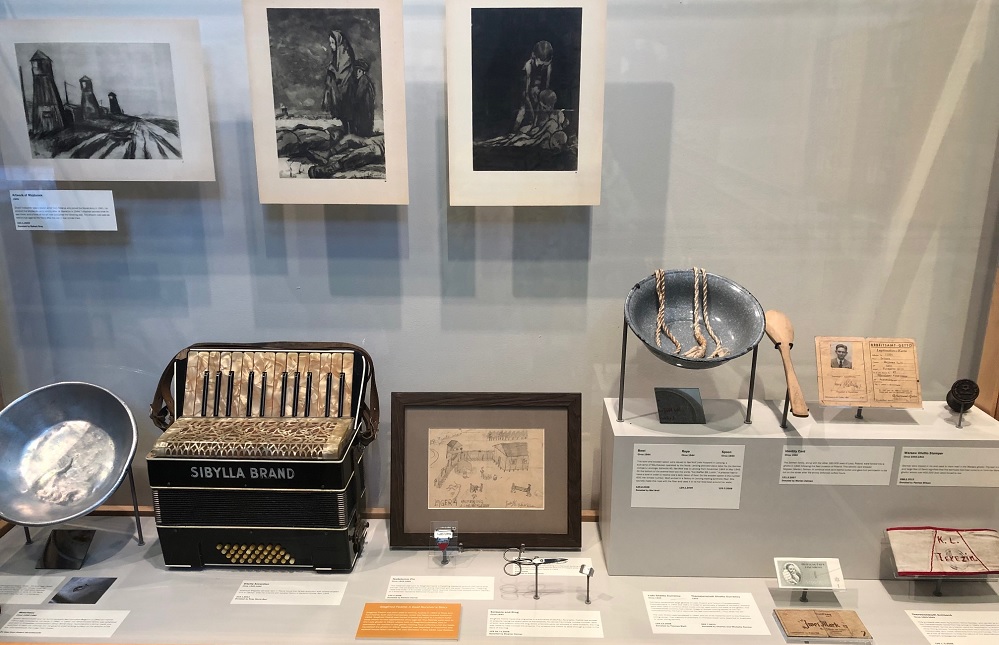
Justice and hope
That sense of justice and the human desire for hope are at the center of the new exhibit.
Instead of being bombarded with grim war facts, visitors to the center are invited to hear, see and touch artifacts that represent stories of hope and survival. The carefully curated and thoughtful exhibit shines a spotlight on local survivors, such as Thomas Blatt, who visitors learn was 16 years old when his family was deported by Nazis to the death camp Sobibor. His family was killed upon arrival but Thomas was put to labor. On Oct. 14, 1943, the prisoners in Sobibor, including Thomas, staged a revolt; Thomas was one of the few who survived, and he eventually came to live in Seattle.
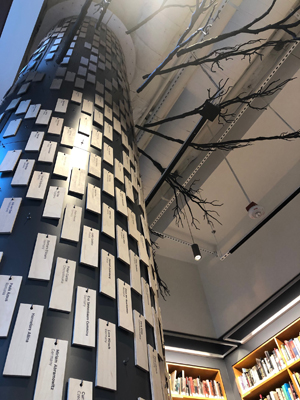
The exhibit’s layered stories open windows into the experiences of children caught up in the war through short pamphlets, childhood photographs and connected objects that hold meaning and convey emotion. When kids touring the center see a tin food bowl preserved behind plexiglass they can learn that food bowls were of critical importance to prisoners — without a bowl, one would starve to death. When they “meet” the young hero Thomas Blatt, they discover that when he learned he would be part of a prisoner revolt, he carefully buried his own food bowl in the camp.
During our tour, my daughters connected most to the powerful theme of bullying, surfaced in myriad ways throughout the exhibit. The stories encourage visitors to think about what it means to be complicit to injustice, either directly or indirectly, and to broaden our understanding of what bullying is and how we can all be upstanders in the face of it. It’s a message that feels particularly important right now with U.S. and world events as they are.
Moral courage
For decades now, social and behavioral scientists have studied the Holocaust to try to understand what it is that compels humans to be cruel to their fellow humans, and why some of us stand by while few others intervene. It was in the testimonies of those few people who did intervene, risking their own lives to save victims during the Holocaust, that an answer emerged.
“They were driven by what you call moral courage,” Dee Simon, the center’s executive director and daughter of a survivor featured in the exhibit, told me.
“Finding Light In the Darkness” shows our children what moral courage looks like and why they are the carriers of hope for our current and future generations. This formidable exhibit will inspire visitors to apply their sense of justice to modern-day crises — big and small — and in doing so make the world a better place.
If you go...Find it: The Holocaust Center for Humanity is located at 2045 Second Ave. in Seattle. Open hours: Wednesdays and Sundays, 10 a.m.–4 p.m.; advance reservations required Cost: $10/adult suggested donation; $5/student or senior suggestion donation Field trips and resources for teachers: The center offers field trips for classes of sixth-grade students and older. The center provided these testimonials from teachers who recently brought their classes to visit. "It was truly a pleasure taking my students on a field trip to The Holocaust Center for Humanity. The students received so much out of it and many of the kids cried on the way back home. Words cannot explain how thankful I am." "As always, my connection to the Holocaust Center for Humanity has been rewarding and inspirational...The experience for my students will be a day they will never forget and hopefully create 'upstanders,' for justice in their own lives. I so appreciate the work your Center does and feel honored to be part of it." Teachers in Washington state can also check out Holocaust Teaching Trunks, trunks of materials on different topics for different grades, grades 5 and up. Trunks are free to borrow within Washington. 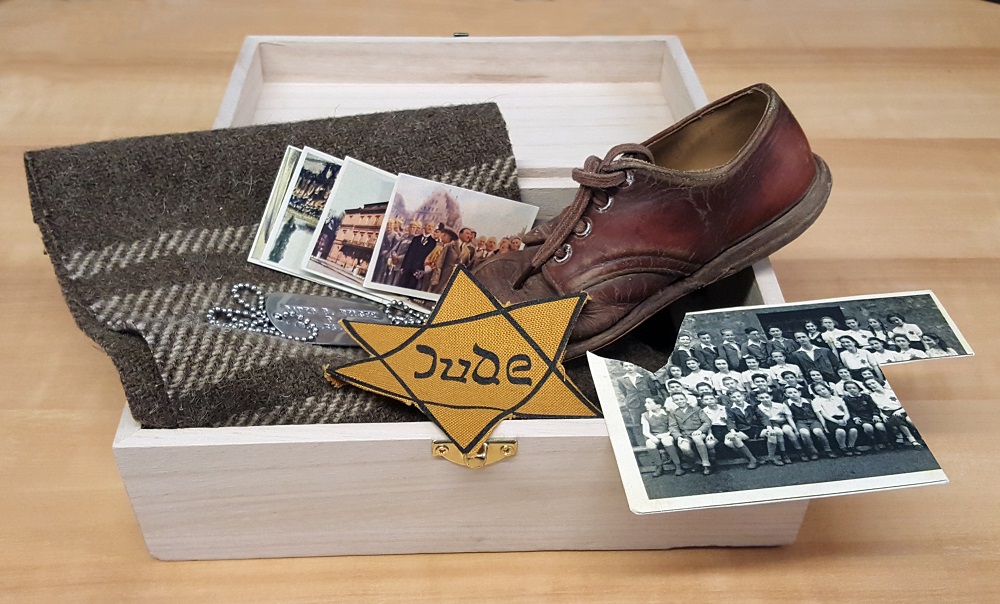
|




